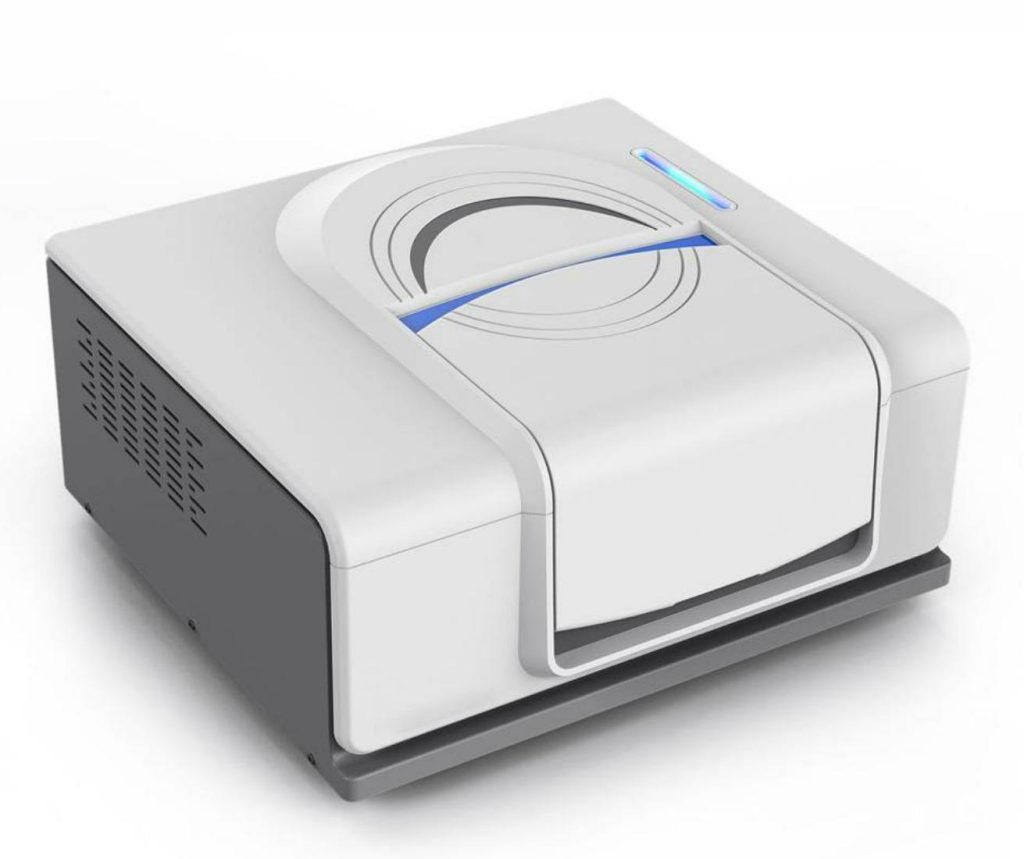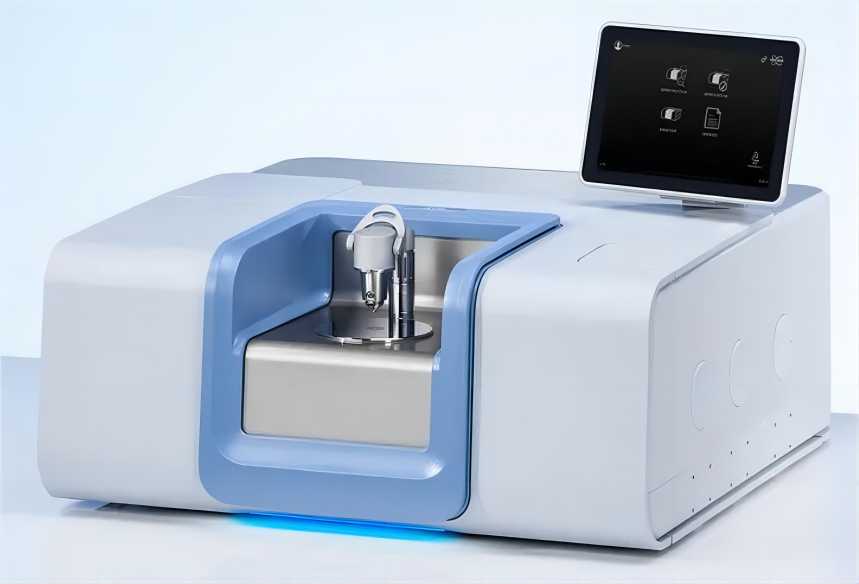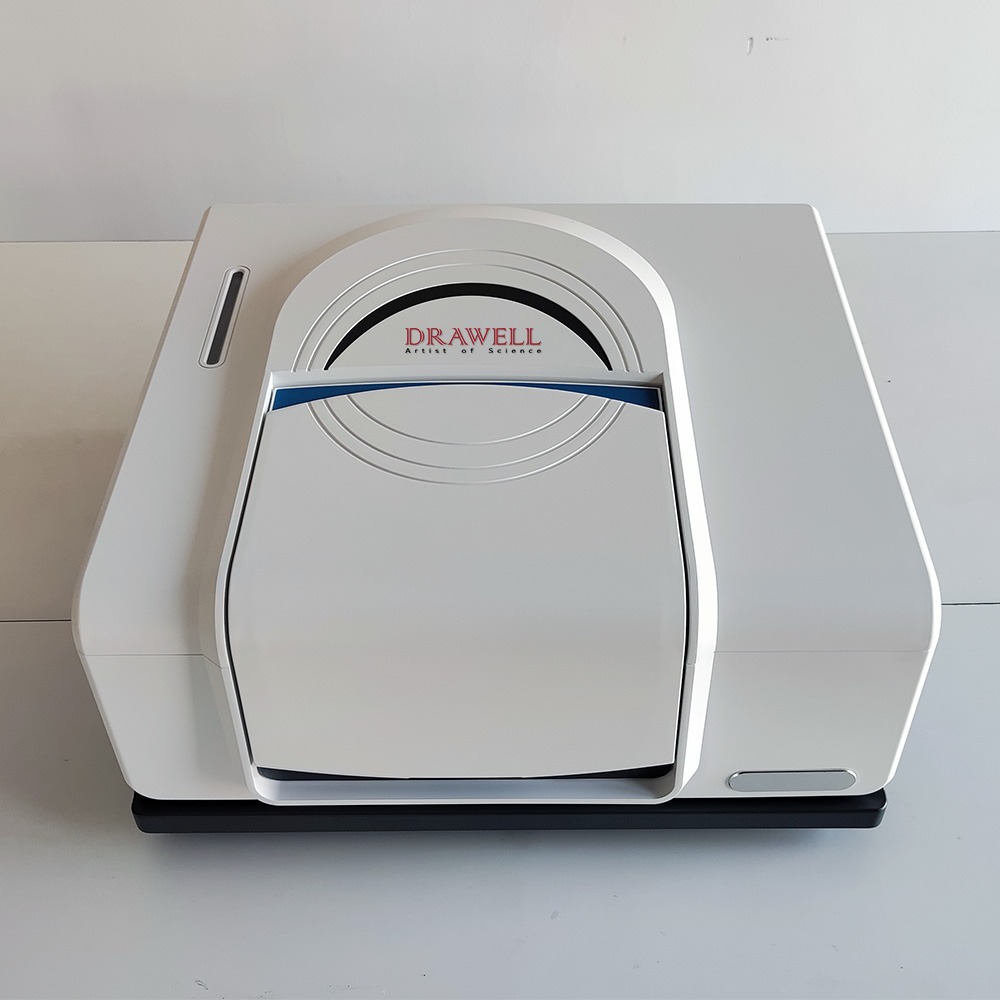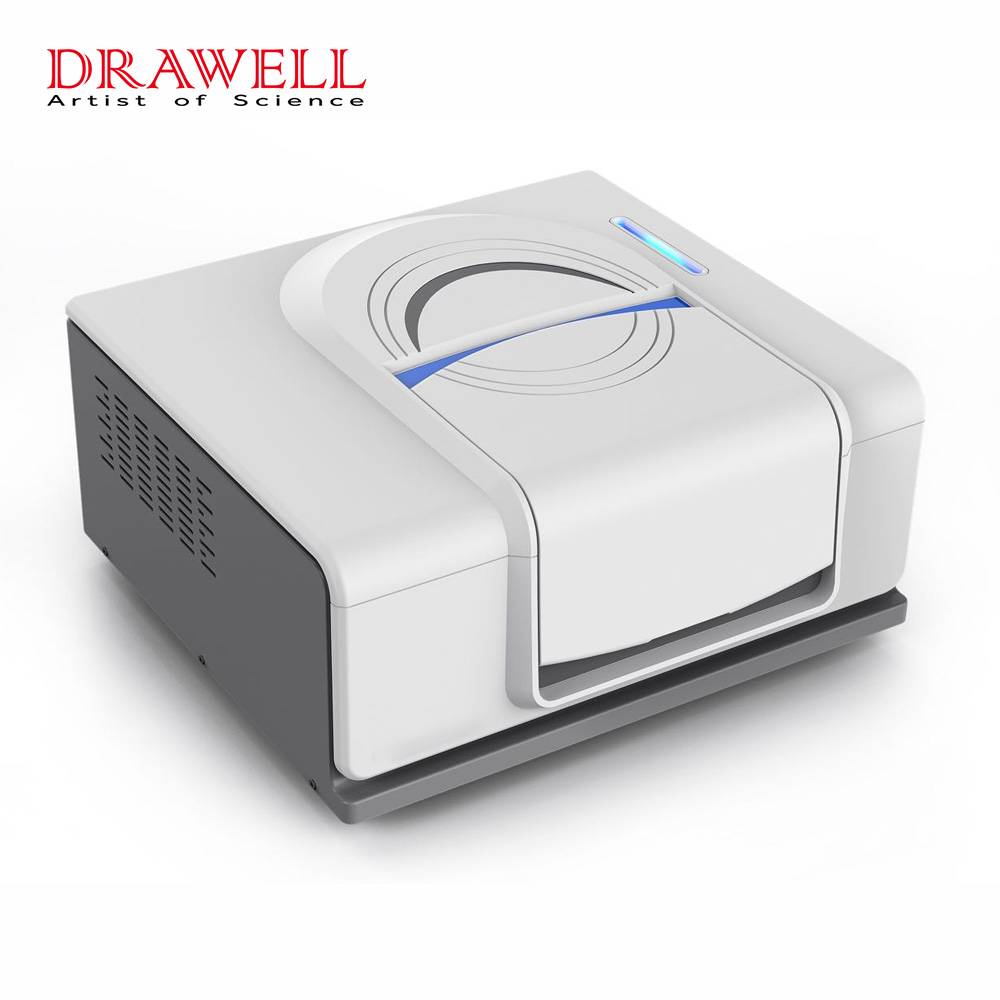Fourier-Transform Infrared (FTIR) spectrophotometers are powerful analytical instruments widely used in various fields, from chemistry and biology to materials science and environmental monitoring. They provide valuable insights into the molecular composition of substances by analyzing how they interact with infrared radiation. In this article, we will delve into the world of FTIR spectrophotometers, examining their principles, working mechanisms, benefits, and the different types available.

What are FTIR Spectrophotometers?
An FTIR spectrophotometer, also known as a Fourier transform infrared spectrometer, is a type of analytical instrument that uses infrared radiation to identify and quantify the functional groups present in a sample. FTIR spectrophotometers are widely used in a variety of industries, including chemistry, materials science, biology, and environmental science.
How Do FTIR Spectrophotometers Work?
FTIR spectrophotometers operate on the fundamental principle of Fourier-transform infrared spectroscopy, a technique that revolutionized infrared spectroscopy by improving data acquisition speed and accuracy. The basic components of an FTIR spectrophotometer include:
- Infrared Light Source: FTIR spectrophotometers typically employ a broadband infrared light source, such as a globar, which emits a wide range of infrared wavelengths.
- Beam Splitter: The emitted infrared light is directed towards a beam splitter, which splits the light into two paths – the sample and reference paths.
- Sample Compartment: In the sample path, the infrared light passes through the sample, interacting with its molecules. Some of the light is absorbed by the sample, while the rest is transmitted.
- Detector: The transmitted light is detected by a sensitive infrared detector, often made of materials like mercury-cadmium-telluride (MCT) or deuterated triglycine sulfate (DTGS).
- Interferometer: The reference path is directed to an interferometer, which is a key component of the FTIR spectrophotometer. It modulates the reference light by creating an interferogram, which is a signal containing information about the sample’s absorption spectrum.
- Data Processing: The interferogram is subjected to a Fourier transform to convert it into a spectrum, which represents the sample’s absorbance as a function of wavenumber. This spectrum can be used to identify the functional groups and chemical bonds present in the sample.
Benefits of Using FTIR Spectrophotometers
FTIR spectrophotometers offer numerous advantages, making them invaluable tools for researchers, scientists, and analysts. Some of the key benefits include:
- Versatile Analysis: FTIR spectrophotometers can analyze a wide range of samples, from gases and liquids to solids and powders, making them suitable for various applications.
- High Sensitivity: They provide high sensitivity and can detect trace amounts of compounds, even in complex mixtures.
- Rapid Data Acquisition: Fourier-transform technology allows for faster data acquisition, enabling real-time analysis and reducing the time required for experiments.
- Non-destructive Analysis: FTIR analysis is non-destructive, making it ideal for studying delicate or precious samples.
- Quantitative Analysis: FTIR spectrophotometers can be used for quantitative analysis, allowing the determination of concentrations in mixtures.
- Molecular Fingerprinting: The resulting spectra serve as unique molecular fingerprints, facilitating compound identification and characterization.
- Environmental and Safety Applications: FTIR spectrophotometers are used in environmental monitoring, hazardous material identification, and safety inspections.

Different Types of FTIR Spectrophotometers Available
FTIR spectrophotometers are available in a variety of different types, each of which is designed for a specific application. Some of the most common types of FTIR spectrophotometers include:
- Transmission FTIR spectrophotometers: Transmission FTIR spectrophotometers are the most common type of FTIR spectrophotometer. They are used to analyze solids and liquids that are transparent to IR light. Transmission FTIR spectrophotometers work by passing a beam of IR light through the sample and measuring the amount of light that is absorbed. Transmission FTIR spectrophotometers are typically used to analyze thin films, coatings, and other samples that can be easily prepared in a thin layer.
- Attenuated total reflection (ATR) FTIR spectrophotometers: ATR FTIR spectrophotometers are used to analyze solids and liquids that are not transparent to IR light. ATR FTIR spectrophotometers work by using a special crystal to create an evanescent wave, which is a thin layer of IR light that penetrates the surface of the sample. The evanescent wave is then reflected back to the detector, where it is measured. ATR FTIR spectrophotometers are typically used to analyze solids and liquids that are difficult to prepare in a thin layer, such as powders, pastes, and gels.
- Diffuse reflectance infrared Fourier transform spectroscopy (DRIFTS) spectrophotometers: DRIFTS spectrophotometers are used to analyze powders and other solid materials that are not transparent to IR light. DRIFTS spectrophotometers work by scattering a beam of IR light off of the surface of the sample and measuring the amount of light that is reflected back to the detector. DRIFTS spectrophotometers are typically used to analyze powders, such as catalysts, pigments, and pharmaceuticals.
- Gas-phase FTIR spectrophotometers: Gas-phase FTIR spectrophotometers are used to analyze gases. Gas-phase FTIR spectrophotometers work by passing a beam of IR light through a gas cell containing the sample and measuring the amount of light that is absorbed. Gas-phase FTIR spectrophotometers are typically used to analyze environmental samples, such as air and flue gas, as well as industrial samples, such as process gases and catalysts.

Conclusion
Fourier-Transform Infrared (FTIR) spectrophotometers are powerful tools that enable the analysis of the molecular composition and chemical structure of various substances. Their versatility, sensitivity, and non-destructive nature make them indispensable in numerous fields, including chemistry, biology, materials science, and environmental monitoring. Understanding the principles and benefits of FTIR spectrophotometers, as well as the different types available, allows researchers and analysts to choose the most suitable instrument for their specific needs and applications. Whether identifying unknown compounds, characterizing materials, or ensuring product quality, FTIR spectrophotometry continues to play a vital role in scientific research and industry.


